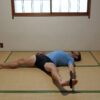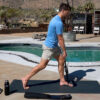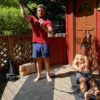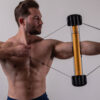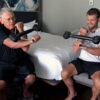When it comes to the benefits of a stronger core, you might just find it to be the most important muscles and benefits of them all. Hence, why the seated deadlifts and resisted crunches, including the side crunches, are atop our Bullworker Hierarchy of Exercises list.
The definition of core is the central or most important part of something. I would assume we took that into mind when giving our mid-section the name, core.
When most of us hear core, the first thing that might come to mind is our abs. That would be correct, however, it is only one section of our core.
Our abs play an important role in functionality and, what most do not think about, play a part to protect many of our organs. Underneath our abs rest many organs like our liver, stomach, intestines, etc. Those strong muscles around your midsection, they serve an important role of keeping those bad boys tight and shielded.
Your “abs” are made up of four sections.
- Transverse abdominis is the deepest muscle layer of your core. The main function of your transverse abdominis is to stabilize your trunk and keep everything tight
- Rectus abdominis is located between your ribs and pubic bone at the front of your pelvis. These are what most people think of or point to when hearing our core or abs. This muscle has the famous bump or six pack feature. Main role of the rectus abdominis is to bend or crunch forward by moving your body between the ribcage and pelvis.
- External oblique muscles are found on the side of your rectus abdominis. The role of your obliques are to twist your trunk,
- Internal oblique muscles are located inside your hipbones. The purpose of your internal oblique muscles is to help you body trunk twist but by operating in the opposite side of your external obliques.
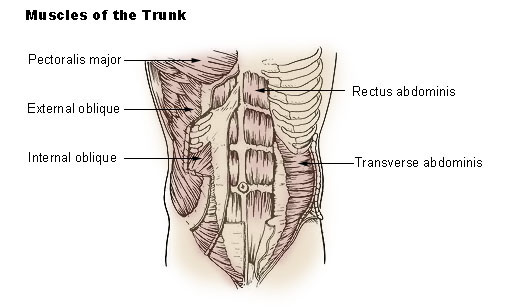
The other section of our core, and the first exercise on the list, is our lower back. The abs and frontal core wraps around to your lower back muscles creating a natural support belt. Though your abs play a role in protecting organs in the front of your body, your lower back plays a key role in protecting not only more organs but also your spine and spinal cord. The central highway of your nervous system which signals and makes everything work. Needless to say, your lower back muscles are pretty important to keep everything stable and protected back there.
Let’s break down some of the muscles involved with your lower back.
First, we have extensor muscles which are attached to the back of the spine and allow you to lift objects and stand upright. The erector spinae are the prominent muscles paired at your lower back which help hold your spine and gluteal muscles.
Second, we have flexor muscles which are attached to the front of the spine and enable bending forward, lifting, arching your lower back, and flexing.
Finally, we have the oblique muscles which are attached to the sides of your spine and enable you to rotate your spine and have proper posture.
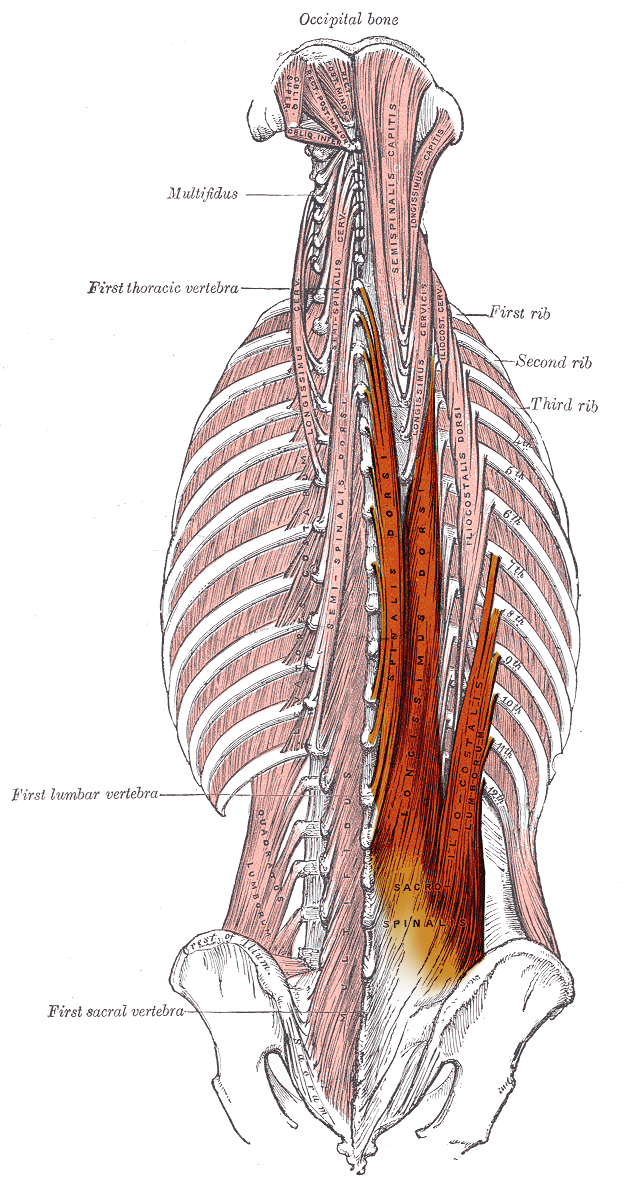
Now that we have a better idea what is involved when we refer to our core muscles, let’s dive into the benefits of having a stronger core.
Protects your Spine
Your spine is your central nervous system, essentially the highway of everything you do. You can imagine any damage/injury to this spinal highway could be catastrophic which is why strengthening your core and these exercises land at the top of our list. The stronger your muscles are supporting your spine the more stable and protected your spine is.
Stronger Foundation
Your core is your center muscle group which essentially links your upper and lower body together. It would be hard to find a movement in both daily life and exercise where your core is not engaging. Therefore, the stronger your core is, the stronger your foundation is to build upon.
Progress
If you are looking to improve your stability, strength, or other movements, your core is a place you can start. As your core becomes stronger you can expect to see progress in throughout your performance.
Injury prevention
We covered the fact your core protects your spine with stability; however, a stronger core also reduces your risk of injury. Your core is engaged constantly throughout your day and in some spontaneous moments relied upon to take on some serious performance. Whether that performance be catching yourself if you slip, bending over to pick something up, or twisting to reach something the stronger and more mobile your core, the less likely you are to experience an injury.
Improved posture
Another benefit of a stronger core is improved posture. In particular, the multifidus is one of your more important stabilizing muscles for your spine. Your multifidus is one muscle group that makes up your transversospinalis which act as extensors of your back and neck. Essentially, whenever you are in an upright posture, your multifidus is engaged. The stronger and healthier your multifidus, the easier it is for your muscles to fight gravity and maintain good posture.
Can Help Reduce Back Pain
Benefits of a stronger core are extensive, but perhaps nothing is more important to you than relieving your back pain. The more balanced and strong your core is, the more your skeletal and muscular systems are properly aligned. Proper balance and alignment of these muscles and skeletal system can alleviate tension on your spine and nervous system resulting in decreased tension or pain.
Improved Balance and Stability
Now that you know your core muscles act as a stability belt around your mid section, you can imagine when these muscles are stronger and more engaged, you have better balance. Balance and stability are an important piece to perform in sports but also to perform in real life as well. You never know what may come up in life and the ability to keep yourself stable and upright is important to preventing injuries and having a higher quality of life.
Conclusion:
We know whether you are picking up the kiddos, playing an intense sport, or even standing up right all involve your core. Therefore, having a stronger core brings a number of benefits for a higher quality of life and that is why we place the seated deadlift and resisted crunches on the top of our list for the Bullworker Hierarchy of Exercises.
We hope you enjoyed the read, learned something new, are encouraged to improve your core strength, and experience the benefits. If you enjoyed this article, please share it with your friends and family. Your success is your goal, please do not hesitate to reach out with any questions you might have.
